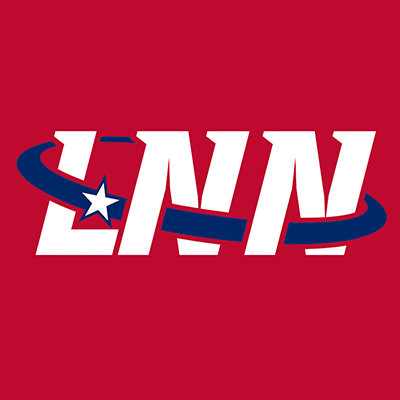Four nautical miles off Liberia’s sandy shoreline, a new frontier for the country’s blue-economy is coming into view. The National Fisheries and Aquaculture Authority (NaFAA) says it is ready to open those deeper waters to semi-industrial vessels—an expansion officials believe could reel in jobs, foreign investment, and badly needed revenue, while still protecting the fish stocks coastal communities depend on.
The turning point came on Thursday, June 19, when scores of regulators, development partners, and fishing-community leaders crowded into NaFAA’s Bushrod Island headquarters to validate Liberia’s first Semi-Industrial Fisheries Management Plan. Calling the document a “critical policy instrument for the sustainable development of Liberia’s fisheries sector,” Acting Director General J. Cyrus Saygbe Sr. declared, “This Management Plan is not only timely but also strategic in ensuring that our semi-industrial fisheries are properly regulated and positioned to attract sustainable investment.”
On the strength of the plan, NaFAA has already published formal maps demarcating the four-nautical-mile zone that separates artisanal fishing grounds from the larger vessels soon to arrive in Liberia’s Exclusive Economic Zone. “We are working to build a sector that is transparent, inclusive, and investment-friendly,” Saygbe added, urging workshop participants to keep the conversation “open and collaborative.”
Transparency featured prominently throughout the day. Officials trumpeted Liberia’s endorsement of the Global Charter of Fisheries Transparency and its ongoing work with the Fisheries Transparency Initiative (FiTI). Development partners welcomed the pledges but pressed for details on enforcement. Maria Winnubst of the European Union urged NaFAA to ensure artisanal fishers do not get squeezed out by bigger boats, warning that any lapse could undercut community livelihoods and investor confidence alike.
Deputy Minister for Technical Services Solomon Hedd-Williams agreed, telling the gathering, “We must tighten the screws on enforcement if we are to achieve meaningful, inclusive development in line with the Government’s ARREST Agenda.” His remarks drew nods from the Liberia Artisanal Fishermen Association, whose president promised full cooperation with NaFAA as the plan moves from paper to practice.
What, exactly, lies ahead? The five-year management blueprint lays out catch quotas, gear restrictions, and by-catch rules—backed by a mid-term review in year two. NaFAA says the framework was built on both “fisheries-dependent and independent assessments” to balance ecological health with economic growth. If the projections hold, semi-industrial fishing could diversify Liberia’s export portfolio, widen the tax base, and create new supply-chain businesses on shore.
Still, the initiative will rise or fall on trust. Coastal families have long viewed industrial trawlers with suspicion, blaming them for depleted stocks and damaged nets. NaFAA is betting that stricter licensing, satellite tracking, and real-time catch reporting—standard requirements under the new plan—will convince skeptics that this time the rules will stick.
As dusk settled on Bushrod Island, Saygbe sounded both confident and cautious: Liberia now has “a comprehensive, strategic, and legally binding framework” for its fastest-growing fisheries sub-sector, he said. The real test begins when the first semi-industrial boats cross the four-mile line—and the whole world, from Kru Town fishmongers to Brussels trade monitors, will be watching to see whether Liberia’s promise of a transparent, sustainable blue-economy holds water.


